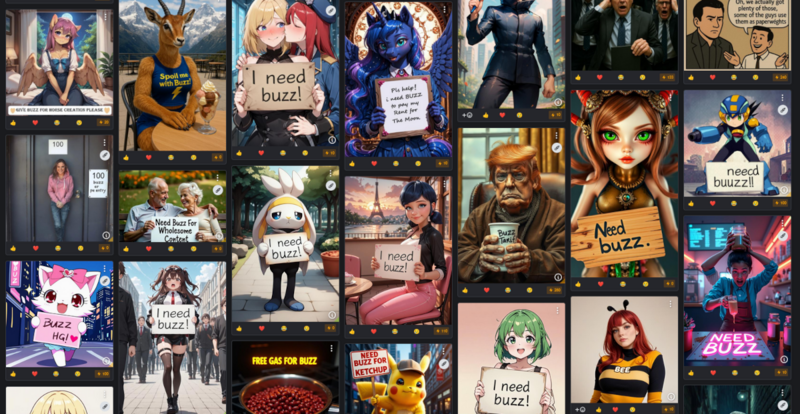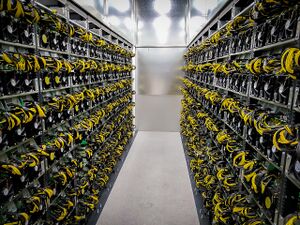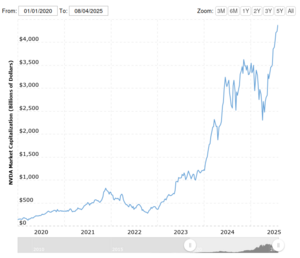Currencies
₡ ₢ ₣ ₤ ₥ ₦ ₧ ₨ ₩ ₪ ₫ € ₭ ₮ ₯ ₰ ₱ ₲ ₳ ₴ ₵ ₶ ₷ ₸ ₹ ₺ ₻ ₼ ₽ ₾ ₿
Zoos' ethical conduct in some countries does not allow to sell or buy animals to other zoos. Arguably, animals are an object of necessity in this context, however zoos are institutions that avoid poachers and animal hunters, which historically were the main sources for wild animals. Zoos and aquariums around the world do not think, in practice, of animals as commodities (i.e. objects that can be bought with money)[1]. Animals are not for sale, yet zoos require to gather new animals. This apparent conundrum is usually solved through barter (exchange one "product" for another one, instead of using money). Again, however, this is a burdensome system, as it is not always the case that an elephant is readily available to be traded for 20 jellyfish. The association of zoos and aquariums works through a system where a zoo donates an animal getting nothing in return. The animals are send to one of the zoos with space, need and facilities. But while there is no money in this transaction, the donors gain recognition within the zoo network, thus enhancing the possibilities of being the recipients of future donations.

Currencies take odd shapes. The zoos example above is one of the many tales of the "semantic volatility" associated with currencies. While we use fiat (euros, crowns, etc) for most of our daily lives, social structures work on a sometimes invisible and highly complex mesh of systems of value and exchange. In the example above, in reality, giving up an elephant does not equal to zero gains, but what is gained is less quantifiable than a sum of money. Within our objects of interest and necessity, these unusual, implicit, and explicit exchanges, take the form of time, expertise, platformisation, and graphical power.
What is the network that sustains this object?
Most currencies are based on a network of interest that agrees to assign value to an object or system. In the case of zoos, the network is the zoos and aquariums agreed to assign value to donations and to ignore metrics or quantification (e.g. an elephant is neither an amount in euros nor equivalent to 50 lemurs). Plenty of alternative currencies rely on their own agreed system and work based on trust (either in the system or in the social structure).
Ad-hoc currencies are common in certain digital platforms, this means they can be used only in a certain ecosystem. For example, in-game currencies like "Gold" in the popular mobile game Crash of Clans, can be earned and used only in that game. They allow for in-app or on-site monetisation, as they are commonly bought using legal tender (i.e. US dollars, Danish crowns, etc). Plenty of digital systems develop their own in-app currencies, either tied or untied to legal tender. The platforms in this cases usually dictate the rules of exchange, and the users (consumers and/or producers of content) generate and share the currencies in between them or through other objects of value.

Within AI-oriented platforms, currencies tie the user, the producer, and the platform. "Buzz", the currency for CivitAI (one of the largest marketplaces for generative AI content), acts as a reward for the user's interaction with content, as a tip for content creators, and even as a "bounty" for specific requests. The currency is controlled by the platform, the rules of production and legality of exchange are defined by CivitAI. As such, this currency can be purchased using fiat money directly in the platform, but it can also be earned awarded in different forms: reactions to content provides some buzz; if one's model is added to a collection, buzz is also generated for the owner of the model; the currency can also be freely tipped; some specific bounties or rewards can offer buzz for creating a very specific model or LoRA (for example, to remove watermarks); or one can even beg for currency.
The listed options above are a peek to a microcosmos of social arrangements in a very specific platform of AI image generation. Buzz allows any CivitAI user to generate images. That is, this currency is exchanged for computational power, expertise, or a combination of both. Legal tender transforms into a community-value, where GPUs ownership and modelling knowledge and skills become highly valuable.
How does it create value? Or decrease / affect value?
Protocol as currency
During the late 2000s, the birth of cryptocurrencies sparked the imagination about how money could be different in the 21st century. The creation of Bitcoin, the first cryptocurrency, open the door for a type of currency that was, arguably, defined more by its system than by their users. Instead of relying on a central, trustable, institution, like a bank or a government, bitcoin off-phased trust and accountability to a mathematically-governed distributed system. Technically, the system would guarantee accurate transactions between any party, without any central management. Some rules were attached to its code, for example, programmed scarcity, but no traditional financial organisation was involved in the creation of the currency's rules.
The importance of code and protocol in this new type of digital currencies not only brought software to the main stage. Due to the high requirements of computational power in the blockchain design (the technology behind most cryptocurrencies), crypto miners (the computers that generate new coins) started requiring GPUs to be profitable. The equation for this was simple, the more computing power, the more chances to "find" a coin (i.e. to solve a mathematical puzzle and generate a valid new block on the chain). While CPUs were able to process the required computation, GPUs architecture just made this process faster. The crypto industry has thus generated massive mining facilities with thousands of GPUs to profit by generating new coins, producing also a scarcity of this type of hardware. The unexpected relationship between digital currencies and GPUs changed the map of finance, and made GPUs an important player in the currencies landscape.

GPU as currency
With the expansion of LLMs and AI-orientated platforms, scarcity has moved once again towards hardware capable of training, operating, and fine-tuning LLMs. The boom of LLMs in the last 5 years started a race for developing and bringing to the market the most advanced LLMs. Tech giants like Microsoft, OpenAI, and Meta, compete by offering state-of-the-art models and integrating them into their software. That has made the GPU a holy grail of hardware, and had a strong effect for the manufacturers: Nvidia, the company that produces the most popular GPUs for training and gaming, was valued at US$3 trillion in 2023, and has surpassed the 4 trillion mark in 2025. A whole economy based on the production of hardware for text and image generation.
In the CivitAI example, buzz is also highly related to access to a GPU. Much like with cryptocurrencies, the ownership of this type of hardware allows for exchange computing power for currency. However, the economies of LLMs are not restricted to big tech and platform-driven lives. On a different place within this spectrum, the hordeAI (see GPU entry) network acts as a barter system of sorts, with its own currency. Named "kudos" can be earned by sharing ones GPU in the network, that is, lending a graphical device to produce images for someone within the network. Then kudos can be spend by using others GPU cards (perhaps better and with access to more demanding diffusion LLMs), through any interface connected to the network, and/or having priority in the generation queue. Kudos, in this sense, value reciprocity, and the imaginary of infrastructural autonomy outside of the big tech LLMs offers.
We share our GPU in this network, earning and spending kudos, but most importantly, participating in economies of sharing. Even though the hordeAI network is not a tight community (it is, factually, a network of GPU individual users), it allows us to think about currency in terms of materiality and reciprocity, and offers an insight to the possibilities of autonomy in an LLM saturated context.

++++
[CARD TEXT]
++++
DEBRIS (IGNORE)
(How does it move from person to person, person to software, to platform, what things are attached to it (visual culture) Networks of attachments How does it relate / sustain a collective? (human + non-human))
some things don't have currencies (e.g. the databases) (indexed scarcity) - gpu as a dollar standard - the logic of value (explicitly) is bound to gpu
tumin?